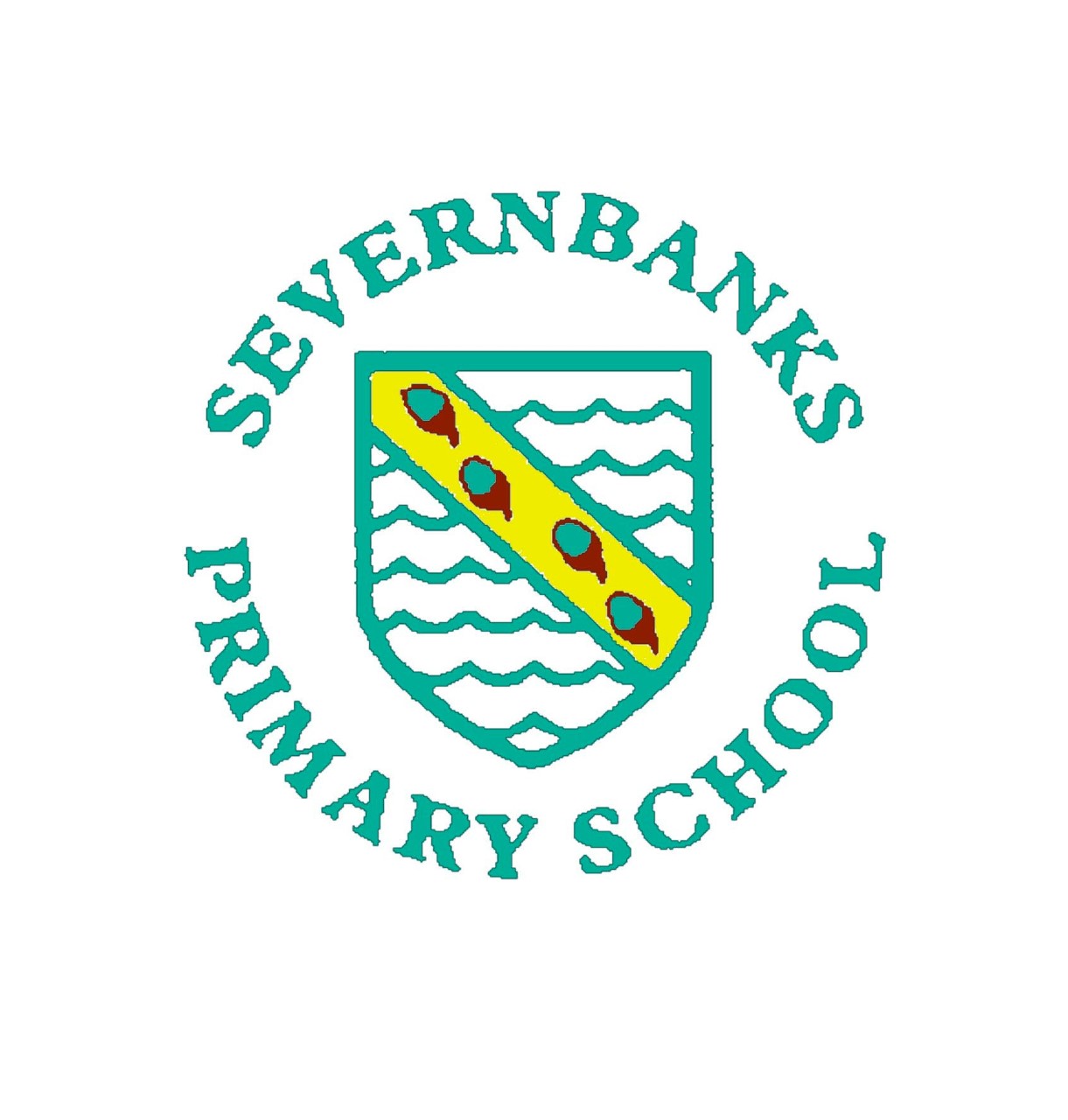Design and Technology
Children learn best when they are actively involved in the learning process.
‘I hear and I forget. I see and I remember. I do and I understand.’
Confucius, Chinese philosopher & reformer (551 BC - 479 BC)
The Design and Technology curriculum is an ambitious curriculum meeting the needs of all learners and contextualised in the community we serve.
At Severnbanks Primary School we follow the Kapow scheme of work for our Design and Technology. The Design and technology scheme of work aims to inspire pupils to be innovative and creative thinkers who have an appreciation for the product design cycle through ideation, creation, and evaluation. We want pupils to develop the confidence to take risks, through drafting design concepts, modelling, and testing and to be reflective learners who evaluate their work and the work of others. Through our scheme of work, we aim to build an awareness of the impact of design and technology on our lives and encourage pupils to become resourceful, enterprising citizens who will have the skills to contribute to future design advancements. Our Design and technology scheme of work enables pupils to meet the end of key stage attainment targets in the National curriculum and the aims also align with those in the National curriculum. EYFS (Reception) units provide opportunities for pupils’ to work towards the Development matters statements and the Early Learning Goals.
The lessons we teach have an intention of providing a high-quality, coherent and progressive experience of the subject, with scope for cross-curricular learning.
The Kapow Design and Technology scheme of work is designed with strands that run throughout.
These are:
- Cooking and nutrition
- Mechanical systems
- Textiles
- Electrical systems
- Structures
- Digital world
Units of lessons are sequential, allowing children to build their skills and knowledge, applying them to a range of outcomes. The formal elements, a key part of the national curriculum, are also woven throughout units. Key skills are revisited again and again with increasing complexity in a spiral curriculum model. This allows pupils to revise and build on their previous learning.
Our progression document shows how skills and knowledge are taught within each year group and how these skills develop to ensure that attainment targets are securely met by the end of each key stage. Each unit fully scaffolds and supports age-appropriate sequenced learning, and cross-curricular links have been made where possible. Creativity and independent outcomes are robustly embedded into our units, supporting students in learning how to make their own creative choices and decisions, so that their art outcomes, whilst still being knowledge-rich, are unique to the pupils. Three lessons are always practical in nature and encourage experimental and exploratory learning, with pupils using sketchbooks to document their ideas. Lessons can be accessed and enjoyed by all pupils and opportunities through support and adaptive teaching. Knowledge organisers for each unit support pupils by providing a highly visual record of the key knowledge and techniques learnt, encouraging recall of skills processes, key facts and vocabulary.
Our Design and Technology curriculum is designed in such a way that children are involved in the evaluation, dialogue and decision-making about the quality of their outcomes and the improvements they need to make. By taking part in regular discussions and decision-making processes, children will not only know facts and key information about art, but they will be able to talk confidently about their own learning journey, have higher meta cognitive skills and have a growing understanding of how to improve.
The impact can be constantly monitored through both formative and summative assessment opportunities. Each lesson includes guidance to support teachers in assessing pupils against the learning objectives.
After the implementation of Kapow Primary Design and Technology, pupils should leave Severnbanks equipped with a range of skills to enable them to succeed in their secondary education.
The expected impact of following the Kapow Primary design scheme of work is that children will:
- Produce creative work, exploring and recording their ideas and experiences.
- Be proficient in drawing, painting, sculpture and other art, craft and design techniques.
- Evaluate and analyse creative works using subject-specific language.
- Know about great artists and the historical and cultural development of their art.
- Meet the end of key stage expectations outlined in the national curriculum for Art and design.
Teachers will record end of unit judgements on our school tracking system Insight.
Extra curricular provision
Severnbanks prides itself on its ability to foster and support a love of DT and champions students who demonstrate a passion or talent for the subject. Children are given opportunities to try out and exhibit their work in DT and the school celebrates students’ creativity and enthusiasm for invention and design.
In addition to DT lessons, there are opportunities for our children to engage with and to pursue DT projects through opportunities such as our KS2 workshops, DT sessions at the local secondary school, extra-curricular clubs and competitions such as the Knex Challenge.
Developing the skills of Reading, Writing, Speaking and listening through Geography
The DT units we teach here at Severnbanks School have the intention of providing a high-quality, coherent and progressive experience of the subject, with scope for cross-curricular learning. We recognise the rich vocabulary and literacy opportunities that the learning and discussion of the design and creation cycle can provide. Within our DT teaching and learning, children are encouraged to use correct terminology and to speak in full sentences when discussing and evaluating their work and that of their peers. The children have regular opportunities to critique, evaluate and reflect on their DT projects and we appreciate how this can contribute to both their written and oral literacy skills
